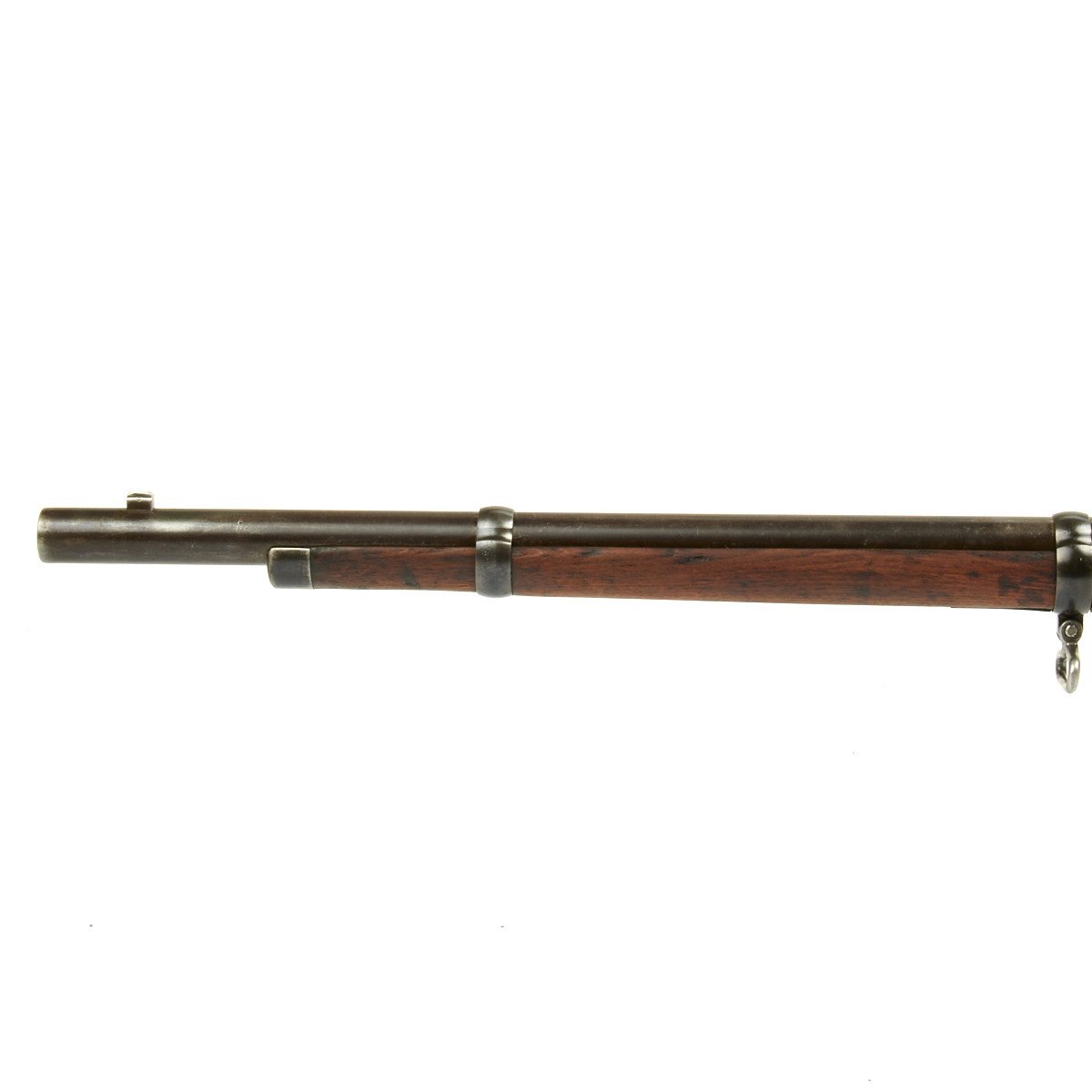
Turkish troops armed with the faster-operating Peabody and even faster-firing Winchester Model 1866.


They proved to be largely ineffective vs. Similar devices were used by the Russian army with their single shot Krnka breechloading conversions (an unlicensed copy of the 1862 Joslyn)during the Russo-Turkish War (1870-78). The best that could be done for the “Trapdoor” Springfield in this area was the Metcalfe attachment for the Model 1873 Springfield Similar devices are still made today as speedloaders for tubular magazine repeating shotguns Variants held from six to ten tinplate tubes, each holding one complete magazine full of Spencer cartridges. The Blakeslee reloading device sped up the Spencer reloading procedure considerably

If the carbine did not have a Stabler cutoff, one was added. The wood and metal were refinished or repaired as necessary, and the receiver serial number (which could be anything from 1 to 34,000) was added to the left side of the barrel. Two barrel bands were used instead of the three on factory-original Spencer rifles. The conversion work was done by replacing the Spencer barrel with a new three-groove 1868 model rifle barrel (32.5 inches long) and 26 inch cleaning rod. This plan was approved by the Ordnance Department, and a total of 1,109 conversions were produced in 1871.

In February of 1871, the Armory commandant suggested that he had received a batch of about 1,100 Spencer carbines from Fort Leavenworth, and that he could refit them into infantry rifles. Springfield Armory took on the job of repairing these weapons after the war. After the war, thousands of Spencers were in warehouses and arsenals in need of refit either from combat damage or just abuse and neglect. Lot 237 in the September 2019 RIA auction.ĭuring the Civil War, the Union purchased about 12,000 Spencer rifles and many tens of thousands of carbines, and the weapon became a standard arm for the Cavalry service.


 0 kommentar(er)
0 kommentar(er)
